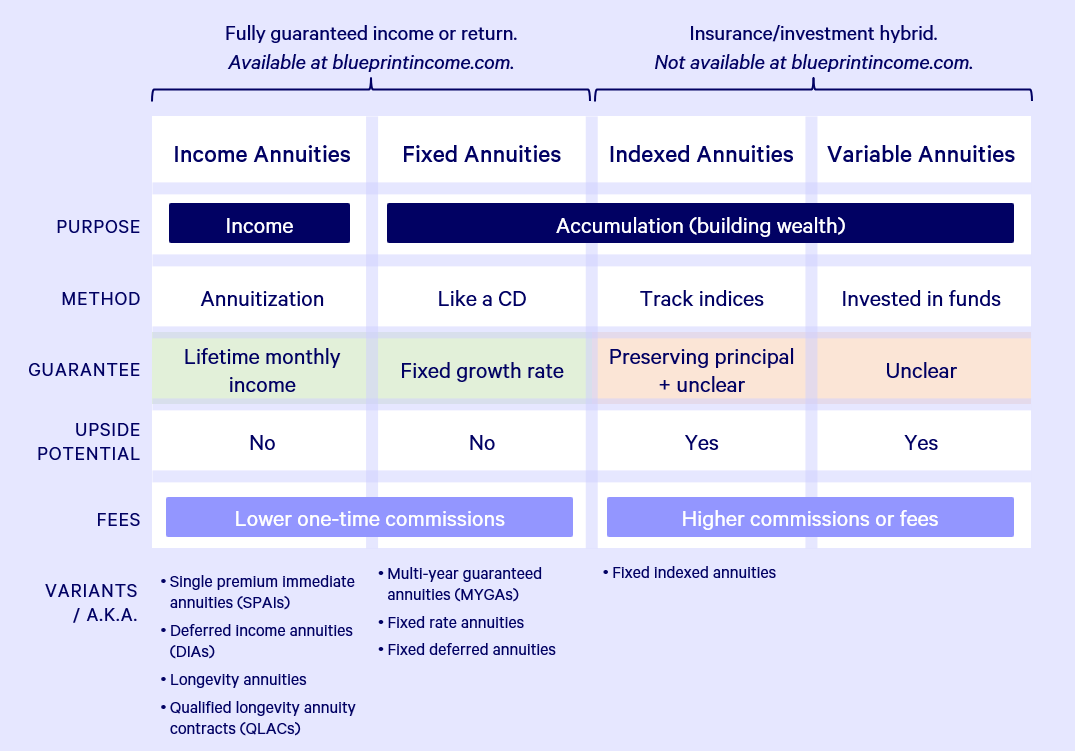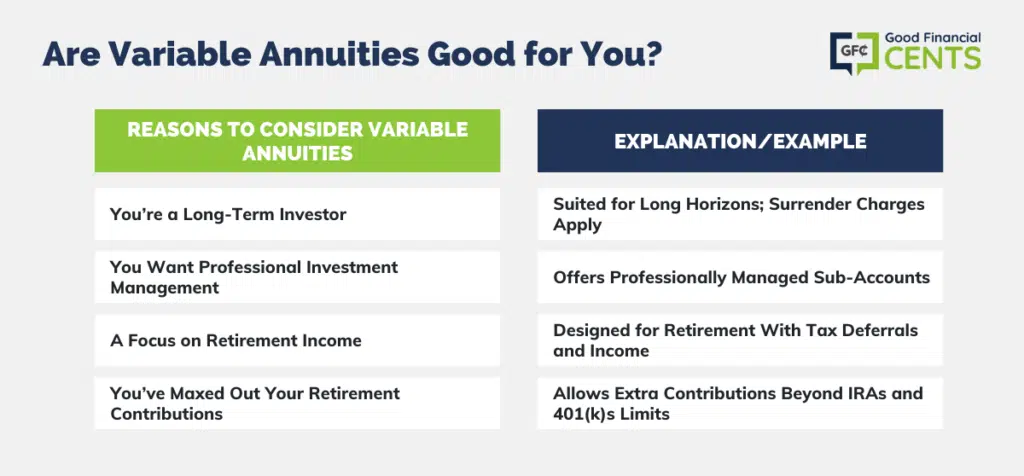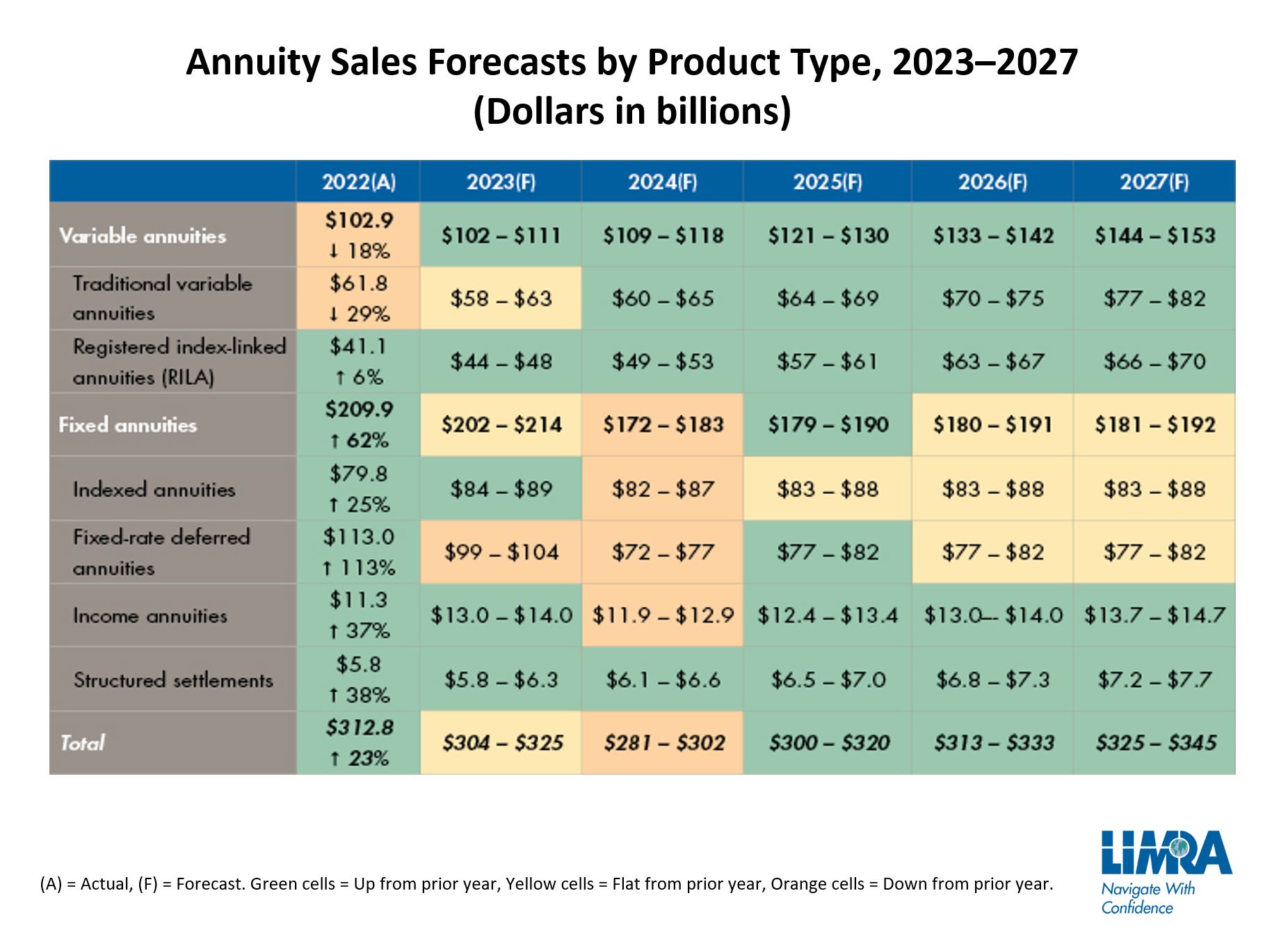All Categories
Featured
Table of Contents
Equally as with a repaired annuity, the owner of a variable annuity pays an insurer a swelling amount or series of repayments in exchange for the assurance of a collection of future payments in return. As stated above, while a dealt with annuity expands at a guaranteed, consistent rate, a variable annuity grows at a variable price that depends upon the performance of the underlying financial investments, called sub-accounts.

During the buildup phase, possessions spent in variable annuity sub-accounts grow on a tax-deferred basis and are taxed only when the agreement owner withdraws those revenues from the account. After the build-up stage comes the revenue stage. With time, variable annuity assets ought to theoretically increase in worth until the agreement owner decides he or she wish to begin taking out cash from the account.
The most significant problem that variable annuities generally present is high cost. Variable annuities have a number of layers of charges and expenses that can, in aggregate, produce a drag of up to 3-4% of the agreement's worth each year.
Understanding Financial Strategies Key Insights on Your Financial Future What Is the Best Retirement Option? Advantages and Disadvantages of Different Retirement Plans Why Choosing the Right Financial Strategy Matters for Retirement Planning How to Compare Different Investment Plans: Explained in Detail Key Differences Between Fixed Vs Variable Annuity Pros And Cons Understanding the Risks of Long-Term Investments Who Should Consider Strategic Financial Planning? Tips for Choosing Variable Annuities Vs Fixed Annuities FAQs About Fixed Interest Annuity Vs Variable Investment Annuity Common Mistakes to Avoid When Choosing a Financial Strategy Financial Planning Simplified: Understanding Your Options A Beginner’s Guide to Smart Investment Decisions A Closer Look at Variable Annuity Vs Fixed Annuity
M&E expenditure costs are computed as a portion of the contract value Annuity providers pass on recordkeeping and various other management prices to the contract owner. This can be in the kind of a level yearly charge or a percentage of the contract worth. Management costs might be included as component of the M&E risk charge or might be assessed individually.
These fees can vary from 0.1% for passive funds to 1.5% or even more for actively handled funds. Annuity contracts can be personalized in a number of means to serve the particular requirements of the agreement owner. Some usual variable annuity cyclists include assured minimal build-up advantage (GMAB), assured minimum withdrawal benefit (GMWB), and assured minimal income advantage (GMIB).

Variable annuity contributions provide no such tax deduction. Variable annuities have a tendency to be highly inefficient automobiles for passing wide range to the future generation since they do not appreciate a cost-basis adjustment when the original contract proprietor passes away. When the owner of a taxed financial investment account passes away, the cost bases of the financial investments kept in the account are changed to reflect the marketplace prices of those investments at the time of the owner's fatality.
Decoding Deferred Annuity Vs Variable Annuity A Closer Look at Fixed Income Annuity Vs Variable Annuity Defining Variable Vs Fixed Annuity Pros and Cons of Fixed Annuity Vs Equity-linked Variable Annuity Why Choosing the Right Financial Strategy Can Impact Your Future Fixed Vs Variable Annuities: Simplified Key Differences Between Deferred Annuity Vs Variable Annuity Understanding the Rewards of Long-Term Investments Who Should Consider Strategic Financial Planning? Tips for Choosing Fixed Annuity Vs Variable Annuity FAQs About Fixed Vs Variable Annuity Common Mistakes to Avoid When Choosing a Financial Strategy Financial Planning Simplified: Understanding Your Options A Beginner’s Guide to Variable Annuities Vs Fixed Annuities A Closer Look at How to Build a Retirement Plan
Therefore, successors can inherit a taxed investment profile with a "fresh start" from a tax obligation point of view. Such is not the case with variable annuities. Investments held within a variable annuity do not obtain a cost-basis change when the original owner of the annuity dies. This indicates that any type of gathered latent gains will certainly be handed down to the annuity proprietor's successors, in addition to the connected tax problem.
One significant issue associated with variable annuities is the possibility for problems of passion that might feed on the part of annuity salespeople. Unlike a financial advisor, who has a fiduciary task to make financial investment decisions that benefit the customer, an insurance policy broker has no such fiduciary commitment. Annuity sales are highly profitable for the insurance policy professionals who sell them as a result of high upfront sales compensations.

Many variable annuity contracts include language which places a cap on the percentage of gain that can be experienced by particular sub-accounts. These caps avoid the annuity owner from totally getting involved in a portion of gains that can or else be appreciated in years in which markets create considerable returns. From an outsider's viewpoint, it would certainly appear that capitalists are trading a cap on investment returns for the abovementioned assured floor on investment returns.
As kept in mind above, surrender charges can severely restrict an annuity proprietor's capability to move properties out of an annuity in the early years of the contract. Additionally, while most variable annuities permit contract proprietors to withdraw a specified amount throughout the build-up stage, withdrawals yet quantity normally result in a company-imposed cost.
Withdrawals made from a fixed rate of interest financial investment alternative could likewise experience a "market price adjustment" or MVA. An MVA changes the value of the withdrawal to reflect any modifications in rate of interest from the moment that the cash was invested in the fixed-rate choice to the moment that it was withdrawn.

On a regular basis, also the salesmen who sell them do not completely understand exactly how they function, and so salesmen sometimes prey on a purchaser's feelings to sell variable annuities instead of the advantages and suitability of the products themselves. Our team believe that capitalists must fully understand what they possess and exactly how much they are paying to own it.
Analyzing Strategic Retirement Planning A Comprehensive Guide to Investment Choices Breaking Down the Basics of Immediate Fixed Annuity Vs Variable Annuity Features of Smart Investment Choices Why Choosing the Right Financial Strategy Can Impact Your Future How to Compare Different Investment Plans: Explained in Detail Key Differences Between Annuities Fixed Vs Variable Understanding the Risks of Long-Term Investments Who Should Consider Fixed Annuity Vs Equity-linked Variable Annuity? Tips for Choosing Fixed Indexed Annuity Vs Market-variable Annuity FAQs About Pros And Cons Of Fixed Annuity And Variable Annuity Common Mistakes to Avoid When Choosing Fixed Vs Variable Annuity Pros Cons Financial Planning Simplified: Understanding Your Options A Beginner’s Guide to Smart Investment Decisions A Closer Look at How to Build a Retirement Plan
However, the very same can not be stated for variable annuity assets kept in fixed-rate investments. These possessions legally belong to the insurer and would certainly consequently go to danger if the company were to stop working. Any type of assurances that the insurance business has agreed to offer, such as an ensured minimal income benefit, would certainly be in concern in the event of a service failing.
Potential buyers of variable annuities must comprehend and think about the financial condition of the providing insurance policy firm prior to entering into an annuity contract. While the advantages and disadvantages of numerous kinds of annuities can be debated, the genuine issue bordering annuities is that of suitability.
As the stating goes: "Buyer beware!" This article is prepared by Pekin Hardy Strauss, Inc. Low-risk fixed annuities. ("Pekin Hardy," dba Pekin Hardy Strauss Wealth Administration) for educational functions just and is not meant as a deal or solicitation for organization. The info and information in this article does not constitute lawful, tax, bookkeeping, financial investment, or other expert advice
Table of Contents
Latest Posts
Decoding Fixed Vs Variable Annuity Pros Cons A Comprehensive Guide to Investment Choices What Is Fixed Vs Variable Annuity Pros And Cons? Features of Smart Investment Choices Why Fixed Vs Variable Ann
Understanding Financial Strategies A Closer Look at Fixed Vs Variable Annuity Defining Variable Annuity Vs Fixed Annuity Advantages and Disadvantages of Different Retirement Plans Why Choosing the Rig
Decoding Variable Vs Fixed Annuity Key Insights on Your Financial Future What Is Variable Annuity Vs Fixed Indexed Annuity? Advantages and Disadvantages of Different Retirement Plans Why Choosing the
More
Latest Posts